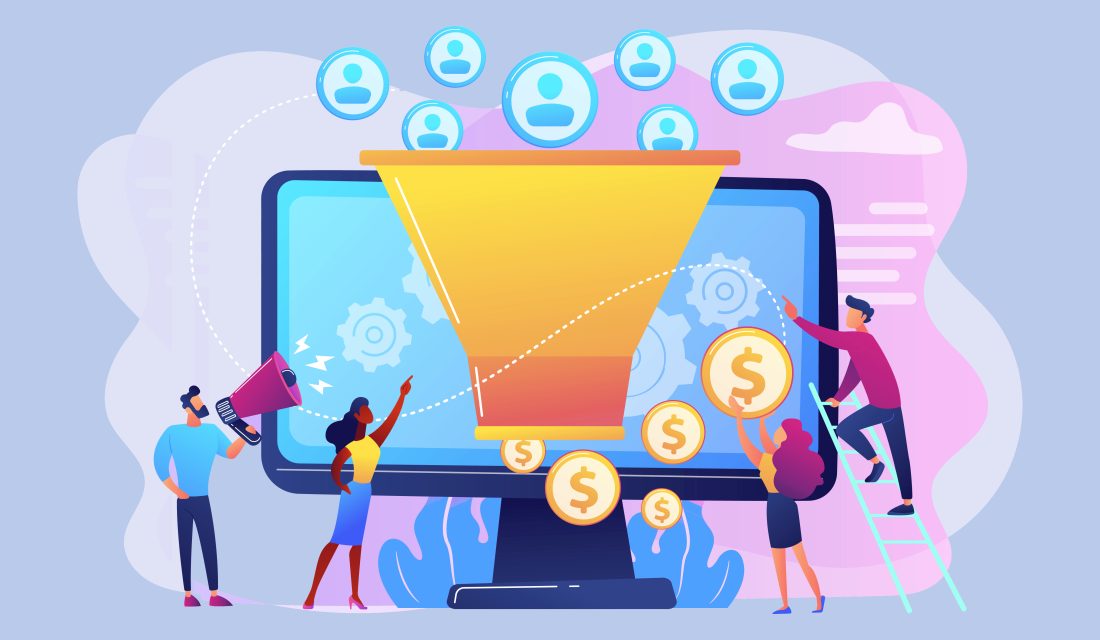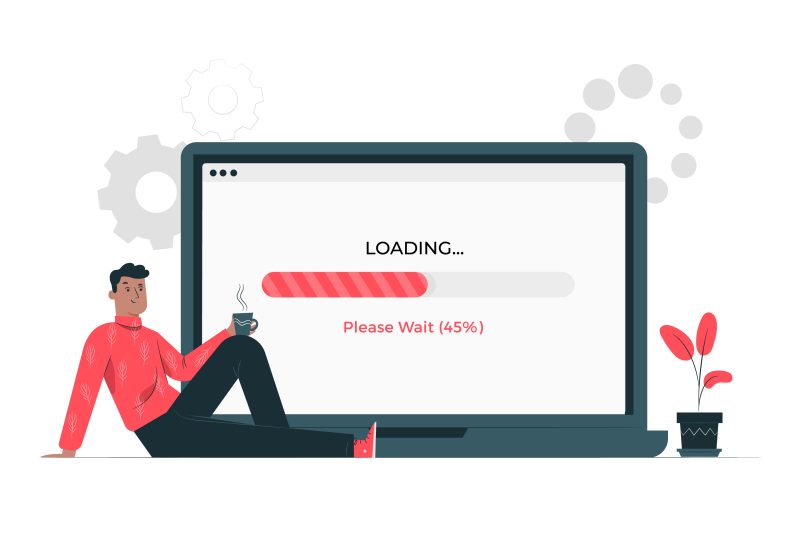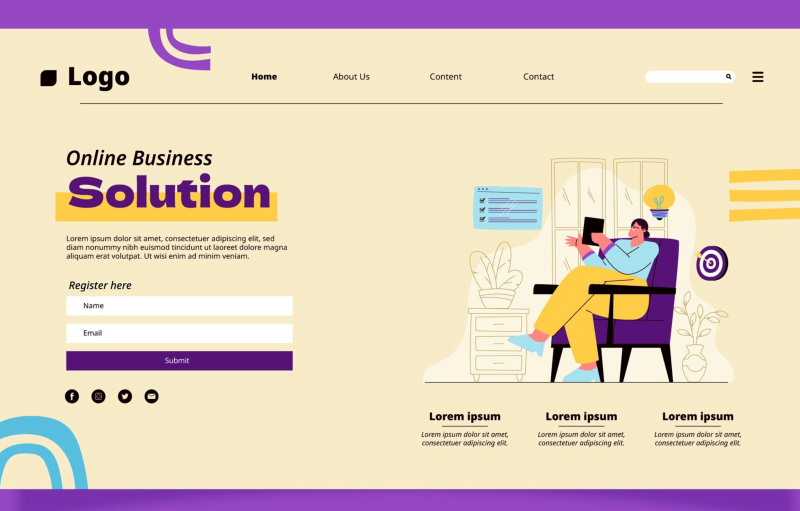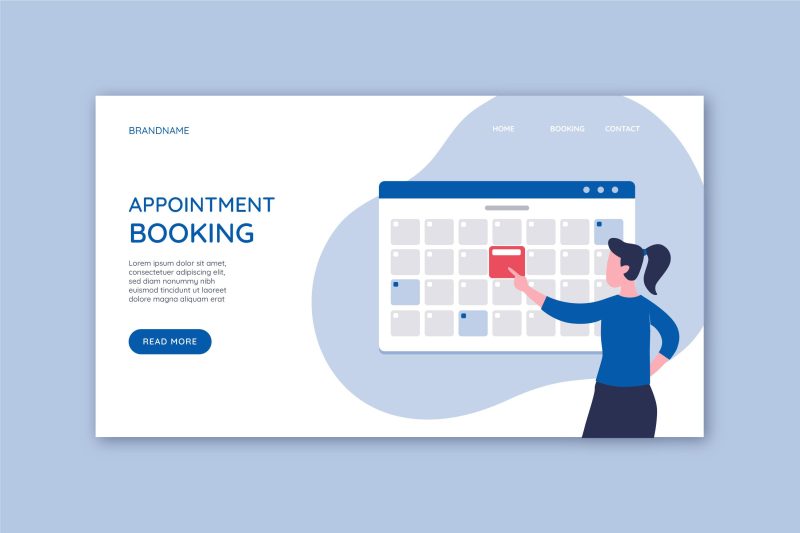How to Increase Conversion Rates: 15 Effective Tips and Strategies
Published May 18, 2025 | Updated Aug 27, 2025
- How to Increase Conversion Rates: 15 Effective Tips and Strategies
- 1. Optimize Your Landing Pages
- 2. Improve Page Load Speed
- 3. Simplify Your Forms
- 4. Use Strong, Clear Calls to Action (CTAs)
- 5. Implement Live Chat Support
- 6. Use Social Proof
- 7. Leverage Email Marketing
- 8. Optimize for Mobile
- 9. Conduct A/B Testing
- 10. Offer Incentives
- 11. Simplify Navigation
- 12. Use Retargeting Campaigns
- Takeaway
How to Increase Conversion Rates: 15 Effective Tips and Strategies
Conversion rate optimization (CRO) is a crucial aspect of digital marketing, especially for B2B companies. Effective CRO can lead to
improved lead generation, higher sales, and overall business growth. According to Econsultancy, companies with a structured approach
to CRO are twice as likely to see a significant increase in sales and revenue. Factory to Home, an Australian company that sells
furniture and homeware grew its revenue by 12.7% by implementing some of the strategies we’ve covered in this guide.
Here are 15 tips and strategies to help you boost your lead acquisition, sales, and revenue:
1. Optimize Your Landing Pages
Landing pages are often the first point of contact between your potential customers and your business. To optimize your
landing pages, ensure they are clean, well-designed, and contain clear and concise messaging. Here are proven
ways to boost conversion for your business with your landing page.
- Simplify your design: Use a clean, intuitive layout with clear navigation to enhance user experience.
- Craft compelling headlines: Create attention-grabbing, benefit-focused headlines to draw visitors in.
- Use strong Calls-to-Action (CTAs): Place clear, action-oriented CTAs prominently on the page.
- Leverage social proof: Include testimonials, reviews, and trust badges to build credibility.
- Optimize for mobile: Ensure your landing page is fully responsive and fast-loading on mobile devices.

For example, a software company might test two versions of a landing page—one with a long-form sales letter and another with
bullet points highlighting key features. Use A/B testing to compare different headlines, images, and CTAs.
2. Improve Page Load Speed
Page load speed is a critical factor in conversion rates. Studies show that a one-second delay in page load time can
result in a 7% reduction in conversions.

To improve page load speed, here are some effective tips you can try today:
- Optimize Images: Compress images using tools like TinyPNG or JPEG Optimizer to reduce their file size without sacrificing quality.
- Minimize HTTP Requests: Reduce the number of elements on your page, such as scripts, images, and CSS files, to decrease load time.
- Enable Browser Caching: Store static files in users’ browsers for a set period, reducing the need to load the entire page every visit.
- Use a Content Delivery Network (CDN): Distribute your content across multiple servers worldwide to deliver it faster based on the user’s geographic location.
- Minify CSS, JavaScript, and HTML: Remove unnecessary characters and spaces in your code to make it cleaner and faster to load using tools like UglifyJS or CSSNano.
3. Simplify Your Forms
Complex forms with too many fields can be a significant barrier to conversions. Simplify your forms by only asking for essential information.

For example, instead of a lengthy registration form with fields for full name, address, phone number, and company size, a software company
might ask only for the visitor’s name, email, and company name. Implement autofill features to make the process quicker for users.
You can also break longer forms into multiple steps, which can make them seem less daunting. Testing different form lengths and field
combinations can help you find the optimal balance that maximizes conversions while still capturing the necessary information.
4. Use Strong, Clear Calls to Action (CTAs)
CTAs are crucial for guiding your visitors towards taking the desired action, whether it’s downloading a whitepaper, signing up
for a webinar, or making a purchase. To create strong CTAs, use action-oriented language that clearly conveys what you want the visitor to do.
For instance, “Download the Free eBook Now” is more compelling than “Learn More“. Shopify uses “Start a Free Trial” instead
of “Sign Up” to draw new users in, without asking them to upgrade to their pro plan.

Ensure your CTAs are prominently placed and stand out visually. Using contrasting colors and whitespace can make your CTAs more
noticeable. Regularly test different CTA text, colors, and placements to see what works best.
Remember, a well-designed CTA can significantly boost your conversion rates.
5. Implement Live Chat Support
Live chat support can significantly enhance user experience and boost conversion rates. According to a study by Forrester, customers
who use chat are 2.8 times more likely to convert than those who don’t. Implementing live chat allows potential customers to get
immediate answers to their questions, reducing hesitation and increasing the likelihood of conversion.

Source: LiveChat
For example, a visitor considering a software purchase might have specific questions about features or pricing. Live chat can provide instant,
personalized assistance. Use AI chatbots to handle common queries and have human agents available for more complex issues.
6. Use Social Proof
Social proof, such as customer testimonials, reviews, and case studies, can significantly influence potential customers’ buying decisions.
Displaying positive feedback from satisfied customers on your website can build trust and credibility.
For example, Klientboost, a marketing agency showcases case studies that highlight how their solutions have helped other businesses achieve success.

Incorporate reviews and testimonials on key landing pages and product pages.
Consider using logos of well-known clients and mentioning any industry awards or recognitions your company has received.
The presence of social proof reassures visitors that others have had positive experiences with your product or service, making them more likely to convert.
7. Leverage Email Marketing
Email marketing is a powerful tool for nurturing leads and driving conversions. To maximize its effectiveness, segment your email list based on
demographics, behavior, or purchase history, and tailor your messages accordingly.
For instance, Miro, a SaaS company sends personalized onboarding emails to new users, introducing their solution and highlighting key features.
Source: UserPilot
Use clear, compelling subject lines and strong CTAs to encourage recipients to take action. Automated email campaigns,
such as abandoned cart reminders or re-engagement emails, can also help recover lost conversions.
Regularly test different email content, design, and send times to determine what resonates best with your audience.
8. Optimize for Mobile
With a significant portion of internet traffic coming from mobile devices, optimizing your website for mobile users is essential.
Ensure that your site is responsive and provides a seamless experience across all devices.
Simplify navigation, use larger fonts and buttons, and optimize images for faster loading on mobile.
For example, an e-commerce website should make the checkout process easy to complete on a smartphone.
Google’s Mobile-Friendly Test tool can help identify areas for improvement.
A mobile-optimized site not only improves user experience but also positively impacts your search engine
rankings, leading to increased traffic and conversions.
9. Conduct A/B Testing
A/B testing, or split testing, involves comparing two versions of a webpage or element to see which one performs better.
This method can help you make data-driven decisions to improve your conversion rates. Test different headlines, images,
CTAs, and layouts to determine what resonates best with your audience.
For example, an online retailer might test two different product page designs to see which one leads to more sales.
Use tools like Leadsmount’s A/B Testing feature to run your tests. Analyze the results and implement the winning variations to
continually optimize your website for higher conversions.
10. Offer Incentives
Offering incentives can be a powerful motivator for conversions. Discounts, free trials, and limited-time offers can entice visitors to take action.
For example, Mailchimp offers a free plan for your first 1,000 subscribers to encourage potential customers to try their email marketing solution.
Highlight these incentives prominently on your website and in your marketing campaigns. Use urgency and scarcity tactics, such as countdown
timers or limited stock messages, to create a sense of urgency. Ensure that the incentives are valuable and relevant to your audience to maximize
their effectiveness.
Regularly test different types of incentives to see what works best for your business.
A clear and intuitive navigation system helps visitors find what they’re looking for quickly and easily, reducing frustration and increasing the
likelihood of conversion. Use clear, descriptive labels for your menu items, and avoid overcrowding your navigation bar.
Implement a logical hierarchy and consider including a search bar for added convenience.
For instance, Klaviyo, a marketing automation platform simplifies its navigation into sections like “Platform,” “Integrations,” “Resources,” and “Pricing.”
A simplified navigation enhances the user experience, making it easier for visitors to explore your site and move towards conversion points.
12. Use Retargeting Campaigns
Retargeting campaigns allow you to re-engage visitors who have previously interacted with your website but didn’t convert.
Use platforms like Google Ads or Facebook Ads to display targeted ads to these users as they browse other sites.
Source: Visme
Create personalized ads that remind them of what they viewed on your site and encourage them to return and complete their purchase.
For instance, La Redoute doubled its click-through rate and increased sales by 28% from new product discoveries using Dynamic Retargeting
and Facebook Dynamic Ads. Retargeting helps keep your brand top-of-mind and can significantly increase your chances of converting hesitant visitors.
Takeaway
Many business owners struggle with conversion rate optimization (CRO) due to a lack of clear strategy, inadequate data analysis, and
not understanding their customers’ behavior. Among the tips, A/B testing is the most powerful to get started with.
It provides direct insights by comparing two versions of a webpage to see which performs better. Start by testing different headlines, CTAs, or layouts.
Use tools like Leadsmount’s A/B Testing feature to run tests and analyze results, enabling data-driven decisions to enhance conversions effectively.

